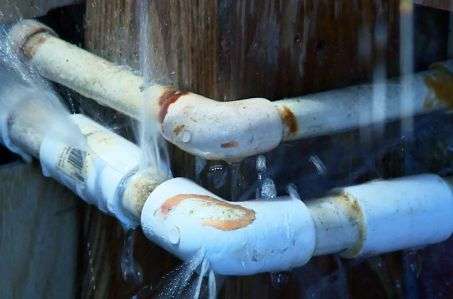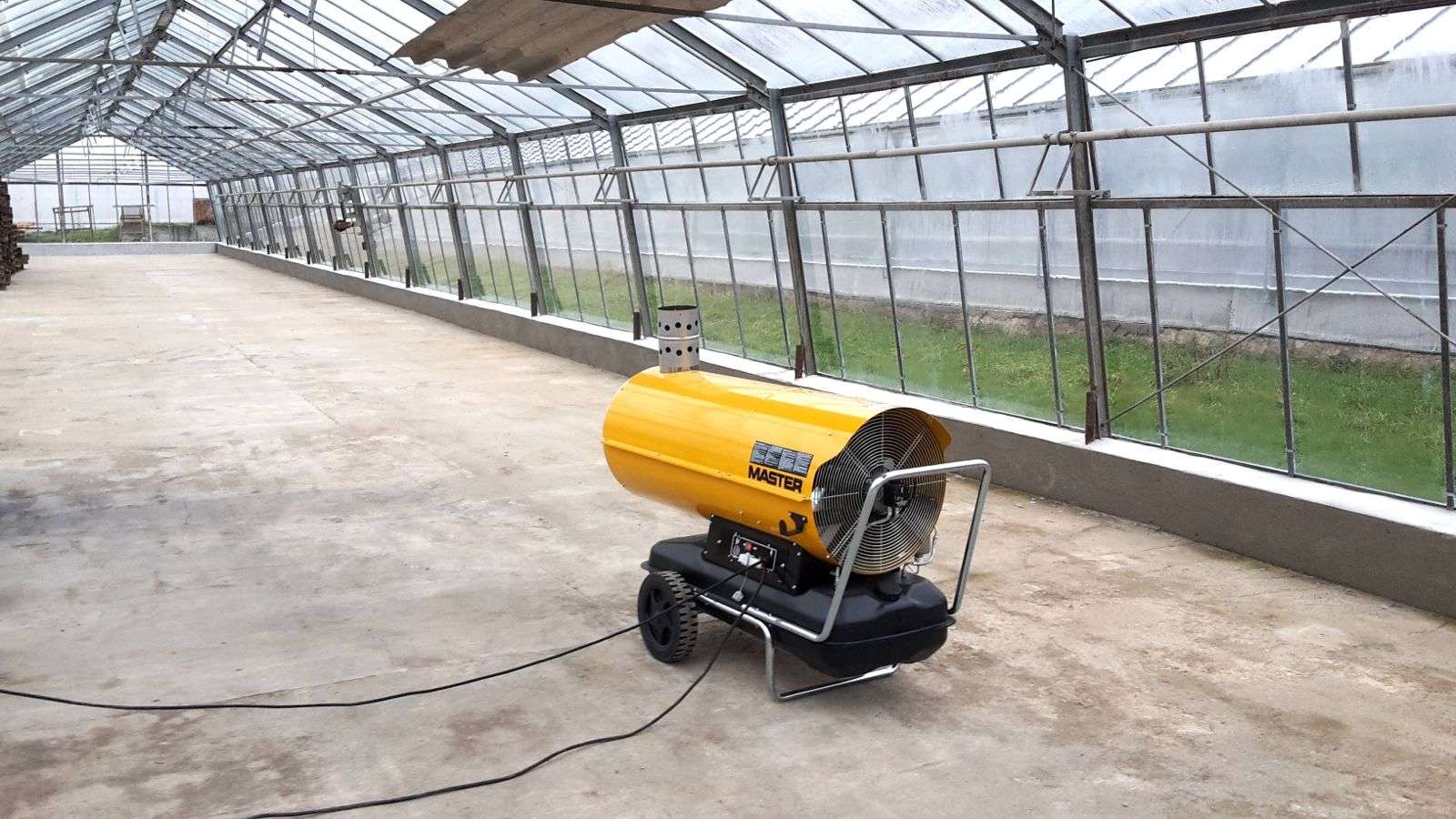Restrictions and specifics of construction work in winter
Published by: 07.12.2023 10:25:00Winter brings specific challenges to the construction industry. Cold temperatures and adverse weather conditions can significantly affect the progress and quality of construction work. I will now try to reveal a few specifics that every builder and every construction company commonly encounters in winter.

Concreting in winter
Concrete is a key building material, but its use in winter requires special precautions. At sub-zero temperatures, special additives must be added to the concrete mix to prevent water from freezing and to ensure proper setting. These additives can be, for example, setting accelerators or antifreeze mixes. It is also important to keep the concrete warm during the setting period, often by using thermal insulation covers or heating devices.

If the concrete mix is not properly coated in winter, several problems can occur that will negatively affect the quality and durability of the concrete. The main consequences include:
Freezing of water in the mix: Water contained in concrete can freeze at temperatures below freezing. Freezing of water expands its volume, which can cause internal stresses and cracks in the concrete.
Hydration: Hydration is a chemical process in which cement reacts with water to form a strong and durable material. At low temperatures, this process is significantly slowed or even stopped, resulting in insufficient setting and reduced strength of the concrete.
Increased porosity and reduced strength: Insufficient hydration and possible frost cracking lead to increased porosity of the concrete. This reduces its strength, weather resistance and overall durability.
Problems with adhesion to reinforcement: if concrete does not set properly, it may have problems with adhesion to steel reinforcement. This can lead to a weakening of the overall structural integrity of the structure.
Aesthetic Impairment: In addition to structural problems, untreated concrete can have aesthetic deficiencies such as uneven surfaces or visible cracks in the winter.
Work that cannot be done in winter
Some construction work is very difficult or even impossible in winter. For example:
Masonry on ordinary mortar: Cold temperatures slow down the setting of mortar, which can lead to a lack of strength and durability in walls.
Risk of water freezing in the mortar: If the water contained in the mortar freezes before setting occurs, it can cause ice crystals to form inside the mortar. These crystals expand as they form and can cause internal stresses and cracks in the mortar. Then in practice, this mortar looks almost like sand and crumbles under the wall. Mortars exposed to low temperatures can have reduced adhesion to masonry materials, which reduces the overall structural stability of the masonry structure.
Freezing and subsequent thawing in mortar can lead to increased porosity, which weakens structural integrity and resistance to external influences such as moisture and frost cycles.
It is therefore recommended to use special frost-resistant mortars for winter masonry or to provide suitable working conditions such as heating the workplace and protecting the masonry structure from frost.
Welding plastic pipes: plastic becomes brittle at low temperatures, which increases the risk of damage during welding. In this case, there may be potential leaks through cracks or poorly made joints. These can in practice lead to leaks in the piping system. In the case of residential installations, this can mean problems with plumbing or heating systems.
Of course, steps are needed to eliminate risks, such as pressure testing pipes several times, not just a final test before commissioning. Water leakage is one of the worst defects that can make life unpleasant for future home users. That's why on my construction projects, for example specifically on the Residence Na Bradle project, I work with a regular and experienced TDI who always has an overview and will point out where my knowledge as a project manager is not enough.

The importance of planning and security
Winter construction work requires careful planning. It is important to monitor the weather forecast and adapt the work to the current conditions. Worker safety is paramount, so ensuring appropriate clothing and working conditions is essential. This is the responsibility of the OHS inspector, who regularly and randomly checks that safety conditions on site are being maintained.
Comfort on the construction site
Heating the construction site in winter is crucial to maintaining work efficiency, protecting materials and worker safety. There are several methods and devices that are used to ensure appropriate temperature conditions on the construction site:
Indirect heating: indirect heating systems, such as air heaters, can be used for larger spaces. This system works by heating the air outside the work area and then distributing it inside through ducts.
Portable heating: portable heating units are often used to heat specific work areas. These can be gas or electric heaters that are flexible and easy to move. On the Residence Na Bradle project we have provided heating units in this way. The heat is taken care of by a diesel heater, which makes the work a little more cheerful.

Heat vs. Frost?
Sunbathing on a construction site: Yeah, the heat can be hell. Imagine working under the sun until your eyes get salty crunches. Heatstroke and heatstroke are the order of the day.
Swimsuits are not work clothes: If we could, we'd probably wear swimsuits, but we have to protect ourselves. For example, work boots are usually closed toed steel toe boots. Working in sandals is unacceptable, even if you wear them without socks.
Fast concrete: concrete hardens terribly quickly in the sun and must be sprinkled, sprinkled and sprinkled.
Building in winter: the frost will not give us!
Concrete sleeps in the winter: in the winter, concrete is like baking a frozen pizza without an oven. You have to heat it up somehow to make it work or adjust the pizza recipe and add antifreeze.
It's slippery as a skate: Snow and ice? That's like an ice rink for a builder. Watch out you don't end up on your back or on a rebar.
Frozen fingers: When it's freezing outside, tools feel like ice sculptures.
So which is better, the heat or the cold?
Neither is ideal. In summer, you can get a red tan, but in winter, you can shiver with cold. Each season has its challenges, but with good planning and equipment, everything can be managed. And remember, safety and comfort always come first, whether you're standing in the sun or freezing cold.
As builders say, construction is a living organism, and like the living human body, the ideal weather for construction is very close to what is ideal for us personally, i.e. neither too hot nor too cold.
Conclusion
Construction work in winter brings with it a number of challenges, but thanks to modern technology and materials, these problems can be effectively addressed. Above all, preparation, appropriate choice of materials and compliance with safety regulations are important.
With this knowledge, you can achieve high-quality and durable construction results even in the winter months. The essential thing is inspection, inspection and inspection, not only because of distrust of the construction company, but also because of ordinary human error, for which no one is 100% insured.
Documents to download
K&L Rock also declares that it is not liable for any direct or indirect damage resulting from trading on the capital markets in general, and posts in discussions expressing the views of readers may not be in line with the operator's position and therefore cannot be regarded as its views.



